Best Dog Collars !
Showing all 11 results
Dog Collars: Personalized, Adjustable, Boy, Girl, Pink, Blue, Black, White, Red
Best Dog Collars With Custom Names – Small, Medium, Large – In all colors
Can I Design My Own Dog Collar?
Absolutely! At iHeartDogs, we make it easy to customize collars. Most of our options include space for a name and phone number. We even have an option with more characters and space for silly nicknames such as Monkey Butt or The King. Additionally, you can personalize collars with icons. Finally, some owners like to make their dog’s collar stand out by adding pins, decorative fabric, and other forms of decoration.
Is It Cruel For Dogs To Wear Collars?
Dog collars may look nice and share information while also allowing for a leash attachment; they are not without harm. Dog collars do come with some danger which is why you should be very careful about picking a good collar for your dog. Also, make sure the collar fits properly and does not constrict your dog’s breathing.
An uncomfortable collar can cause discomfort, neck damage, skin problems, limb or mouth injuries, and strangulation. Make sure you can fit your thumb between the collar and the dog’s neck when sizing a collar. If possible, use a collar as a necklace with identification and use a harness for walking dogs on a leash as they do not pull on a dog’s neck near as much.
Choker collars are extremely cruel and dangerous for dogs. These collars can cause whiplash, fainting, spinal cord injuries, paralysis, crush the trachea, obstruct breathing, cause bruising, and damage multiple body parts. They can even lead to sudden death. Shock collars and electric collars can be just as dangerous.
Should You Take Your Dog’s Collar Off At Night?
Your dog may get excited to have its collar removed as it could irritate them and make it more difficult to scratch. However, accidents happen, and pets go missing. Therefore it’s best to keep your dog’s collar on at all times, especially while walking him on a leash, moving houses, or traveling. Even yet, there are situations when removing your dog’s collar is entirely permissible and safe.
If you want to take your dog’s collar off, then you can! Every owner and pet is different and should choose according to their needs and concerns. It’s completely safe to take a dog’s collar off at home in their crate, in bed, and when playing with other dogs. Playing with other dogs with collars on can quickly cause problems.
Finally, some dogs just do not like collars, the same way some humans do not like to wear necklaces. Your dog may want a lighter collar or one made of softer material. Also, dogs with shorter fur or hair may be pickier about collars than those with longer hair.
What Collars Do Vets Recommend?
Collars have been the usual walking accessory for dogs for as long as we can remember. However, with time, information grows, and vets are speaking out about why collars are not the ideal walking accessory for your dog because of the long-term implications they can have. However, The necks of dogs and humans are similar. The trachea, thyroid gland, esophagus, jugular, lymph nodes, and spinal column are all housed within them.
As a result of all the pulling that generates pressure on the neck areas, wearing a collar can be exceedingly damaging. For these reasons, most vets recommend collars for fashion and identification but a harness for walking dogs. If you do choose a collar for walking, make sure it has a break-away clasp to prevent injuries.
What Do The Colors Of Dog Collars Mean?
A new line of color-coded collars has been introduced to help owners notify people about their pets’ temperament. While color-coded colors and leashes are not widely used in the United States at the moment, some dog owners do use them to help instigate the process and inform strangers about their dog’s condition.
Color-coded accessories are also increasingly prevalent in other countries, so if you’re traveling, be mindful of them. So remember that the next time you see a dog with a different color collar or leash, it could be a message. If you have a dog that is frequently out and about, you may want to consider purchasing one of these collars. It can only benefit you and your dog in terms of how you interact with the people you meet.
Consider sharing this information with friends and family as education is the quickest way to positive changes. People cannot implement something they do not know. When possible, share the information in a non-confrontational way with other pet owners out walking their dogs as a courtesy if they look interested in learning or communicating.
A white-collar can indicate a dog is deaf or blind and requires specialized attention. Blue vests, collars, bandanas, and leashes are common on service and working dogs. These items frequently state, “Do not pet.” Take a look at the more common colors below for more information.
What Does A Dog With A Red Collar Mean?
Red dog collars and other accessories denote aggressive dogs. If a dog has a red collar, do not approach it unless the owner says so. Because Americans haven’t fully adopted the color-coded collar system, many folks select red dog collars because they’re distinctive.
Never approach a strange dog wearing a red collar. If you see a dog with a red “Caution” collar or leash, avoid and ignore it. They may react unfavorably to unexpected contact with strangers or other dogs, but they deserve a leisurely stroll around the block.
No eye contact, no speaking to this dog or its owner. Dogs are pack protectors. Don’t let your dog bark or lunge. If your dog is off-leash, immediately re-leash them. You can continue your stroll knowing that a red “Caution” dog has a loving and responsible owner who was foresighted enough to warn everyone.
What Does A Yellow Collar On A Dog Mean?
Yellow collars, leashes, and other dog apparel is usually reserved for frightened or unstable pets. While it isn’t a full-fledged “stop,” it is unquestionably a “slow down,” similar to a yellow traffic signal! Many dogs are very skittish and nervous around new people, dogs, or other animals.
Help these animals to feel safe and comfortable by staying a good distance away, especially if you do not know the dog personally. If you know the dog and they know you, then you may approach but still with caution. Some dogs do not like when people or animals move toward them quickly while making eye contact. They could view this as a threat and may run in hide or react in other ways.
What Does An Orange Collar Mean?
The color orange on a dog’s collar indicates that the dog does not get along with other dogs. Curb your own dog, cross the street, or wait patiently for the other dog to pass. If you are not sure if the owner just chose a collar color they like or for the meaning behind the color, either ask or err on the side of caution.
While this collar means the dog does not get along with other dogs, take precautions with young children too. Little children often see a dog and want to run up and pet the dog, which is not always a good idea.
What Does Purple Collar Mean?
A purple color indicates a dog who should not be fed by anyone but their owner. This includes snacks and liquid. It’s surprising how many people believe it’s acceptable to feed other people’s dogs! A dog wearing a purple “Do Not Feed” collar, harness, or leash could be suffering from food allergies, be on a weight-loss program, or have other medical issues. Even if they have excellent puppy eyes, resist the temptation to slip this dog a mouthful of treats, kibble, or human food.
What Is A Green Collar Dog?
Green leashes indicate that a dog is friendly to both humans and other canines. However, never approach, pet, speak to, or interact with a strange dog without permission from the owner. By communicating with the owner, you can protect yourself, your dog, and your children.
A dog wearing a green “Friendly” collar is eager to make new human and canine pals. Whether you see this dog, it’s usually acceptable to respectfully ask if you or your dog can come over and say hello. It’s important to note that a green “Friendly” collar does not imply that approaching a dog (or allowing your dog to approach them) without first asking is acceptable – that’s just common courtesy, but they may want to be friends with the owner’s permission.
What Is The Real Name For A Dog Collar?
Dog collars usually do not go by another name, but they are often considered chokers as they can choke a dog. Think of human necklaces; they come in very close to the neck or chokers or loose chains that sit on the neck without pressure. The same principle is true for dogs. Most humans do not want to wear a tight choker as it can make them very uncomfortable and inhibit breathing. Verify your dog’s collar is not acting like a choker to give them the most comfort and safety possible.
Which Dog Collar Is Best?
The best dog collar is the one that fits your dog comfortably and does not bother or hurt them. At iHeartDog, you can get several types of collars to suit any dog. We offer break-away and escape-proof colors with a good thickness to keep dogs protected and cozy. Using soft and sturdy nylon, our customizable collars will keep your pet beautiful and safe.
Why Does My Dog Growl When I Take His Collar Off?
Your dog may growl when you take off their collar because of their neck or connection to the collar and not because of the actual collar. In addition, the act of touching the dog’s neck may cause physical or psychological discomfort. You know how it feels to walk up behind a family member and touch their neck or to have someone unexpectedly touch yours and how it can cause a disconcerting feeling.
When the neck is touched, it may itch or tickle. Because we usually approach our dogs from above and behind, a neck touch is often unwelcome, resulting in an instinctual shoulder rise or wince. For this reason, always come around your dog in a way they feel safe.
Also, dogs may think it’s a game of tug and war, which is why they pull out their big voice. Additionally, they know when the collar comes off that the fun part of the day is over and they may not welcome relaxing time spent on the couch or in bed. Finally, The collar may irritate or push on the neck. If the collar is overly tight, unbuckling your dog’s collar may cause pain. It will feel even tighter when you try to remove it. If the skin behind the collar is sore or irritated, your faithful best buddy may growl.
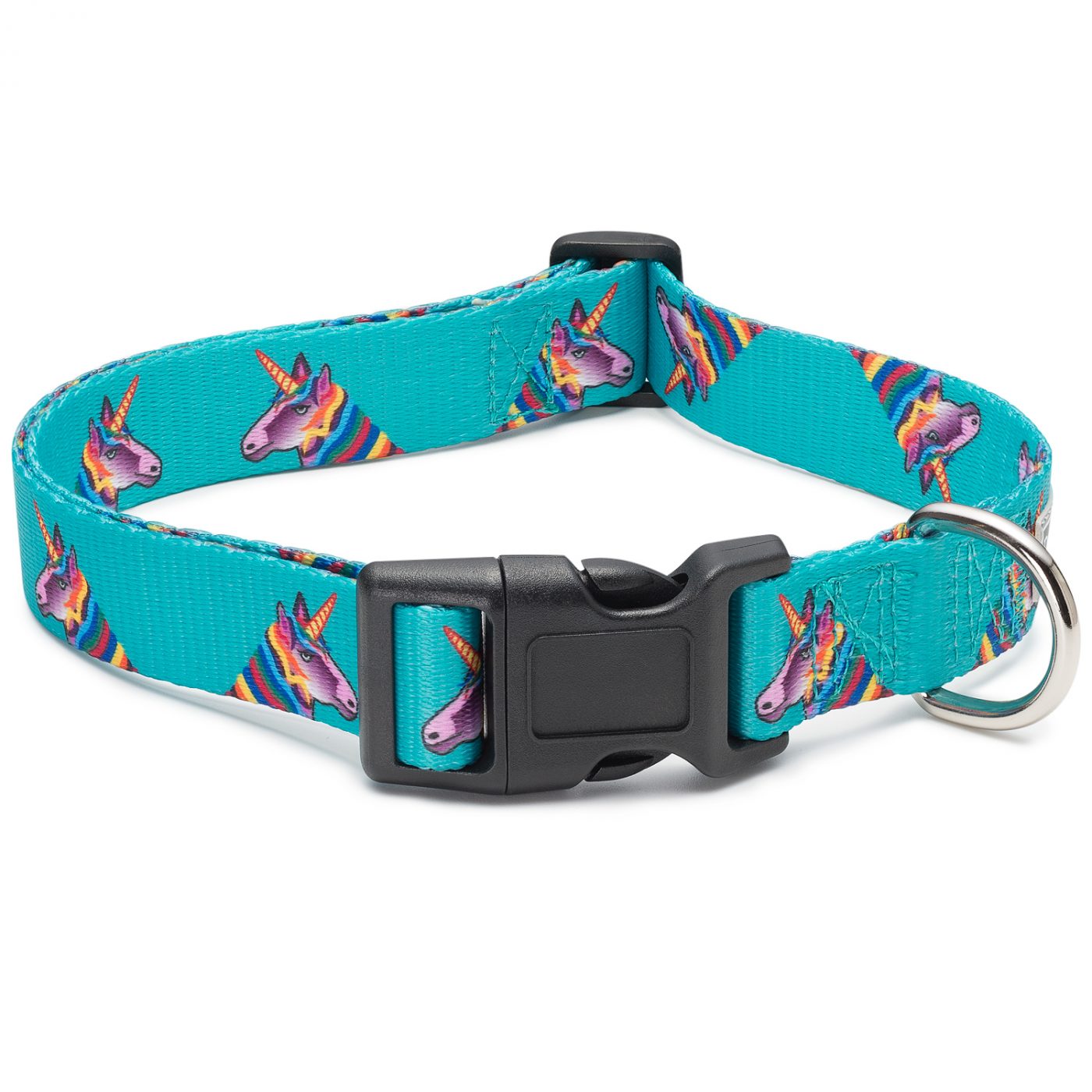
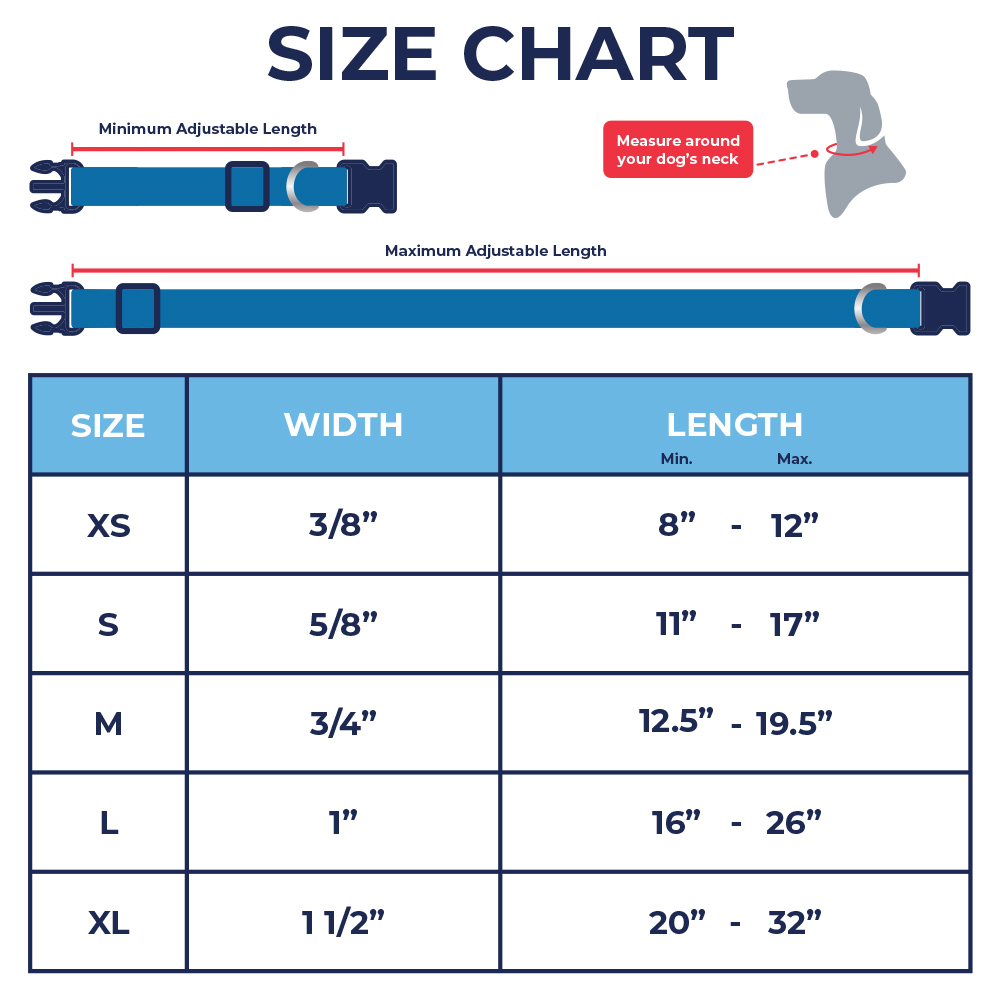




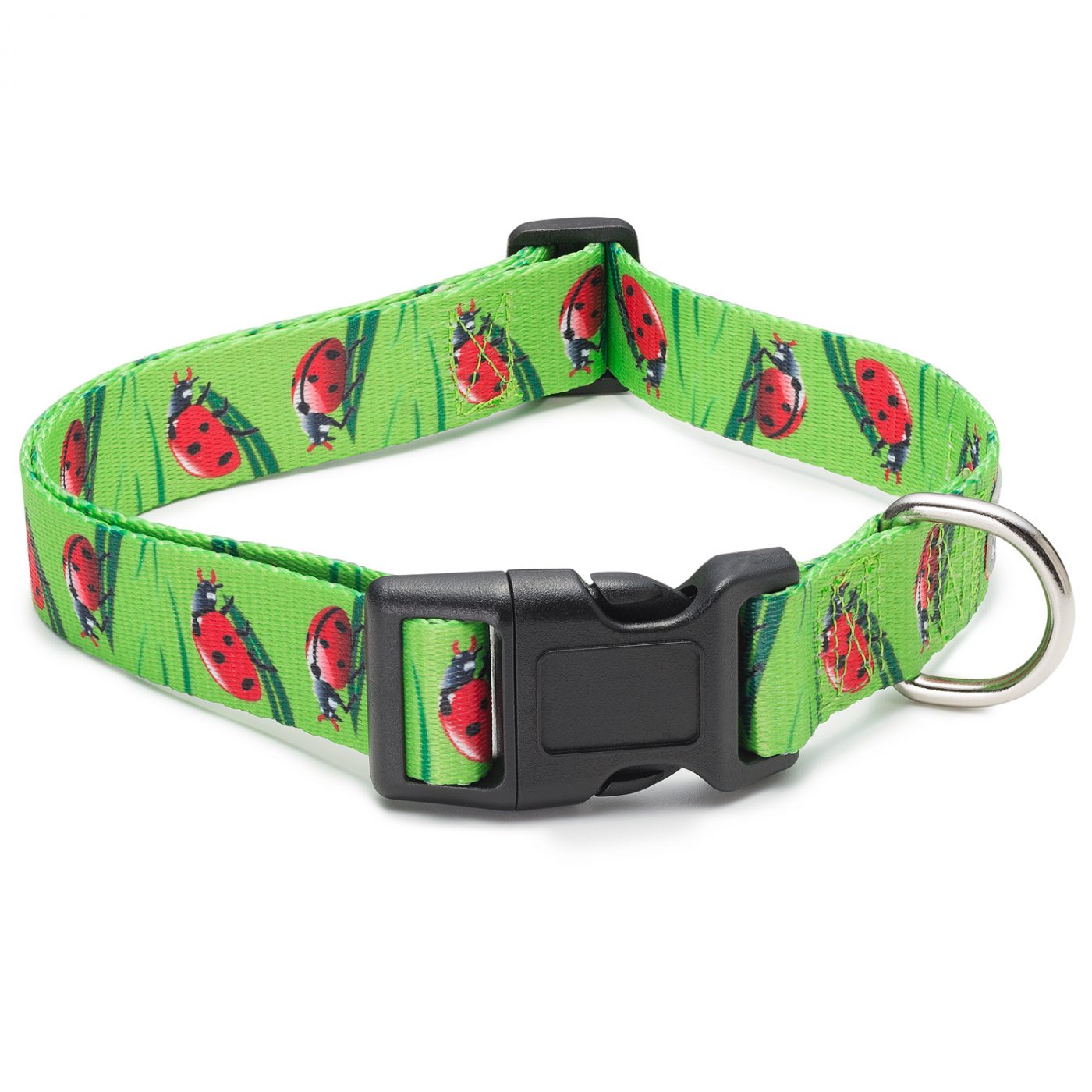



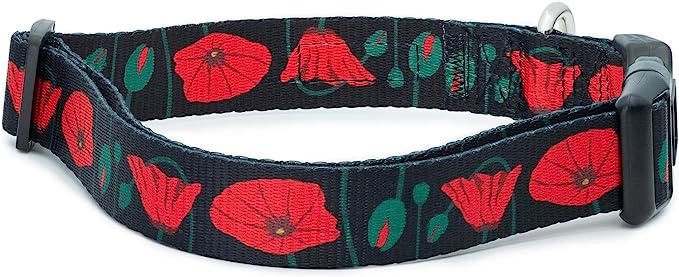
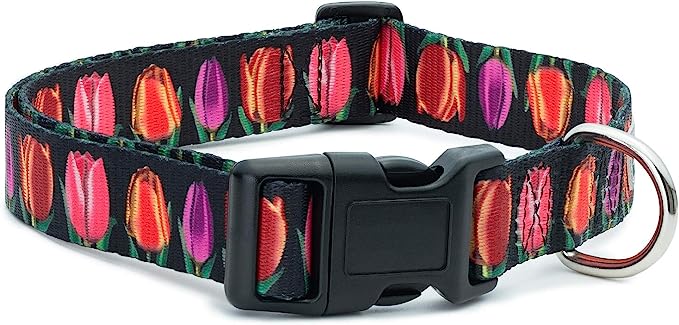

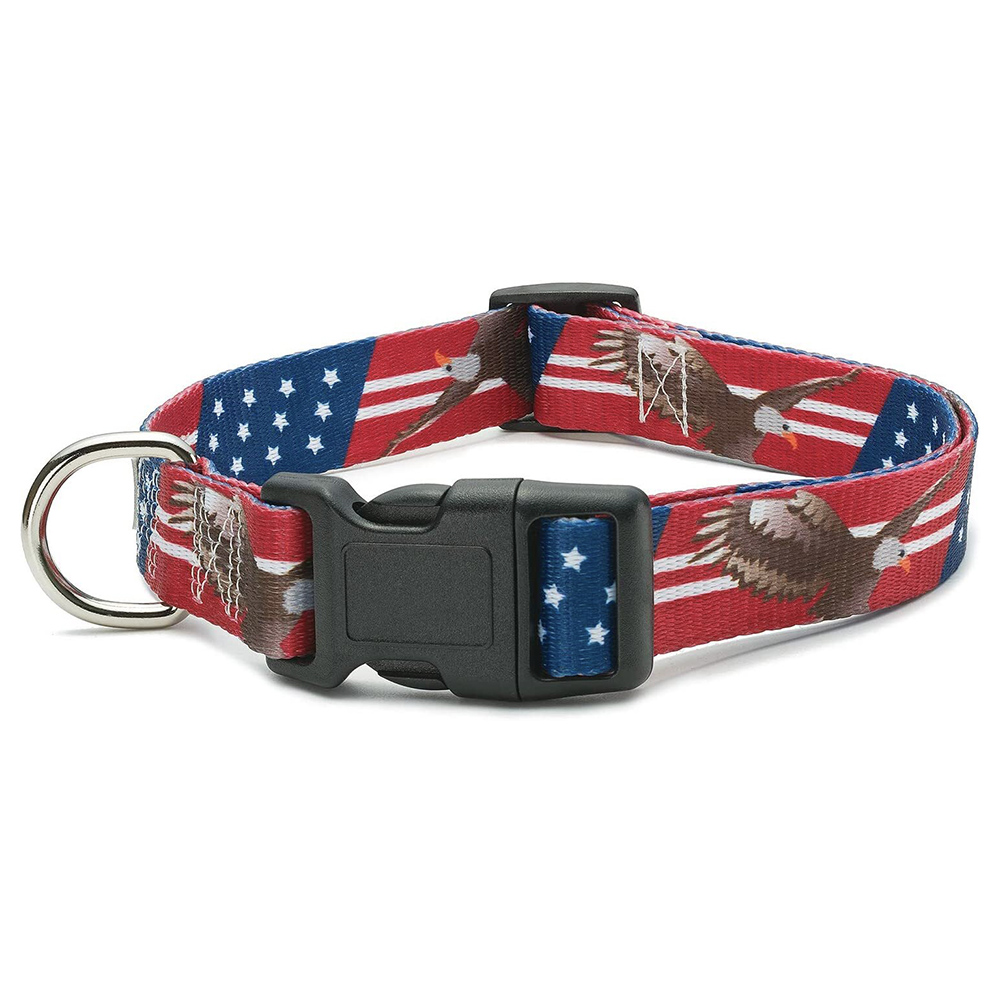

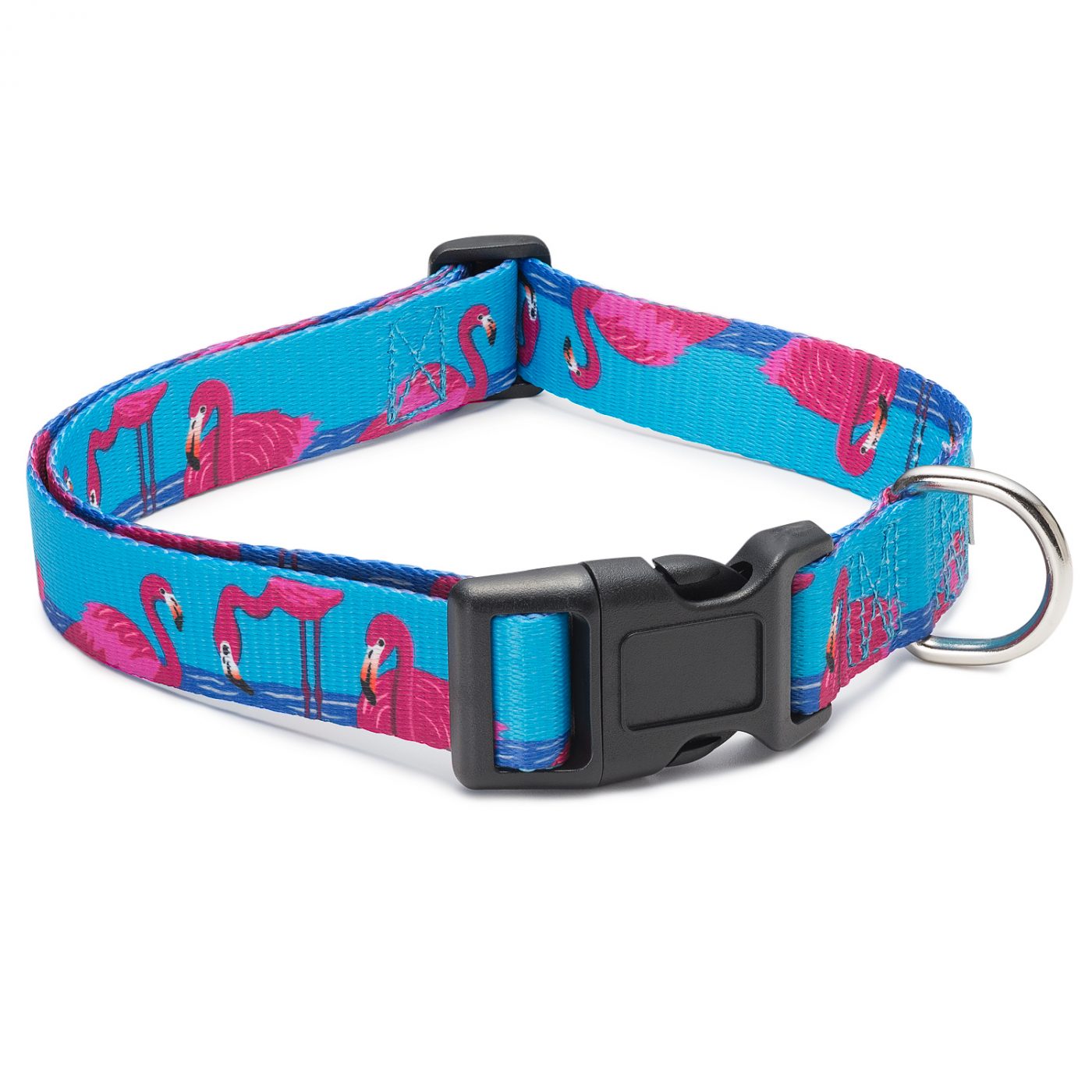
 Toledo, United States.
Toledo, United States.